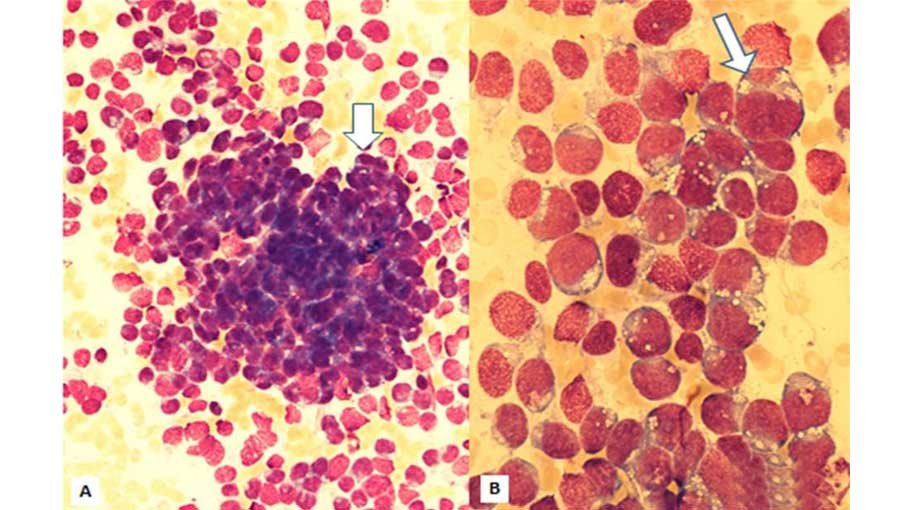Diagnosis of neuroblastoma (part 4)

Physical exam: Your child's doctor conducts a physical exam to check out any signs and symptoms. The doctor will ask you questions about your child's habits and behaviors.
Urine and blood tests: These may indicate the cause of any signs and symptoms your child is experiencing. Urine tests may be used to check for high levels of certain chemicals that result from the neuroblastoma cells producing excess catecholamines.
Imaging tests: Imaging tests may reveal a mass that can indicate a tumor. Imaging tests may include an X-ray, ultrasound, computerized tomography (CT) scan, metaiodobenzylguanidine (MIBG) scan and magnetic resonance imaging (MRI), among others.
Removing a sample of tissue for testing: If a mass is found, your child's doctor may want to remove a sample of the tissue for laboratory testing (biopsy). Specialized tests on the tissue sample can reveal what types of cells are involved in the tumor and specific genetic characteristics of the cancer cells.
Removing a sample of bone marrow for testing: Your child may also undergo bone marrow biopsy and bone marrow aspiration procedures to see if neuroblastoma has spread to the bone marrow — the spongy material inside the largest bones where blood cells are formed.
Courtesy: Mayo Clinic
Related News:
Neuroblastoma, its symptoms (part 1)



